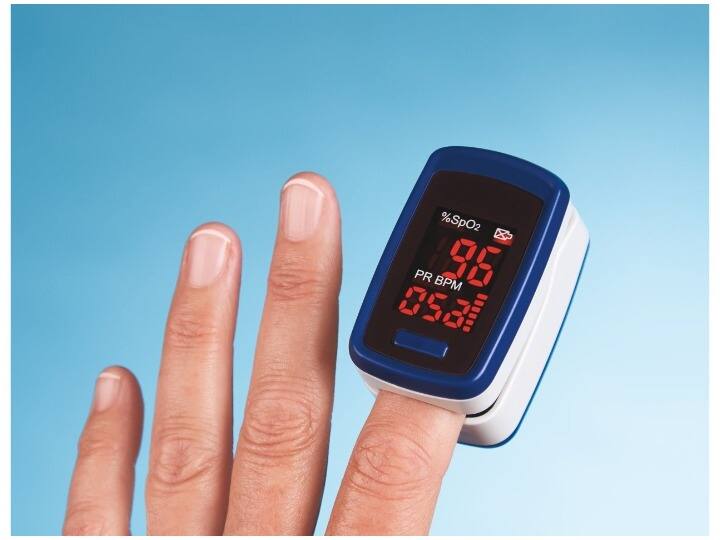What is Happy Hypoxia? How Can It Be Dangerous For COVID-19 Patients
The deadly second wave of the Coronavirus pandemic has brought many diseases with it and in some cases, it is proving to be fatal.

According to medical experts, Happy Hypoxia is a condition where the oxygen levels in the blood of a COVID-19 patient are low, but there are no external signs, symptoms, or pain that indicate this.
Experts believe that coagulation (or clotting) occurs in the blood vessels of the lungs and this causes a drop in the oxygen level. When the blood in your body is deficient in oxygen, the condition is called hypoxia. The normal oxygen saturation level is between 94 and 99 percent, but when COVID-19 affects your lungs, it causes your oxygen levels to drop.
Coronavirus is a respiratory disease that causes widespread inflammation in various parts of the body, including the lungs and respiratory system. It blocks the flow of oxygen-rich blood in the body, making it difficult for patients to breathe.
Signs Of Low Oxygen Levels In COVID-19 Patients
COVID-19 doesn't always cause oxygen levels to drop. Mild symptoms of COVID-19 may include fever, cough, and loss of smell and taste. However, people who have trouble breathing or experience shortness of breath at any time must be taken to the hospital.
In normal cases, let's try to understand the signs of low oxygen levels in the blood among hypoxia patients. Common signs include shortness of breath, chest pain, confusion, change in the colour of lips (to a pale blue), and twitching of the nose.
How To Detect Happy Hypoxia
Experts recommend the continuous monitoring of oxygen levels in COVID-19 patients. Whether the patient has a mild infection or no symptoms at all, if found positive, their oxygen saturation level must be checked frequently. A pulse oximeter can help you in this regard. It is a portable device that can measure the amount of oxygen in the body.
Early detection of happy hypoxia can avoid any further complications. Timely initiation of medication and treatment prevents the risk of hospitalization.
When Does a Patient Need Oxygen Therapy?
If the oxygen level is below 93 percent, it is an indication that oxygen therapy is necessary. According to AIIMS Director Randeep Guleria, if your oxygen saturation is above 95, then you do not need to take oxygen.
If it is less than 94, you will need to keep a close tab on it. But even then, oxygen may not be needed since there is still enough oxygen in the blood if the patient is healthy.
Check out below Health Tools-
Calculate Your Body Mass Index ( BMI )
Calculate The Age Through Age Calculator





































